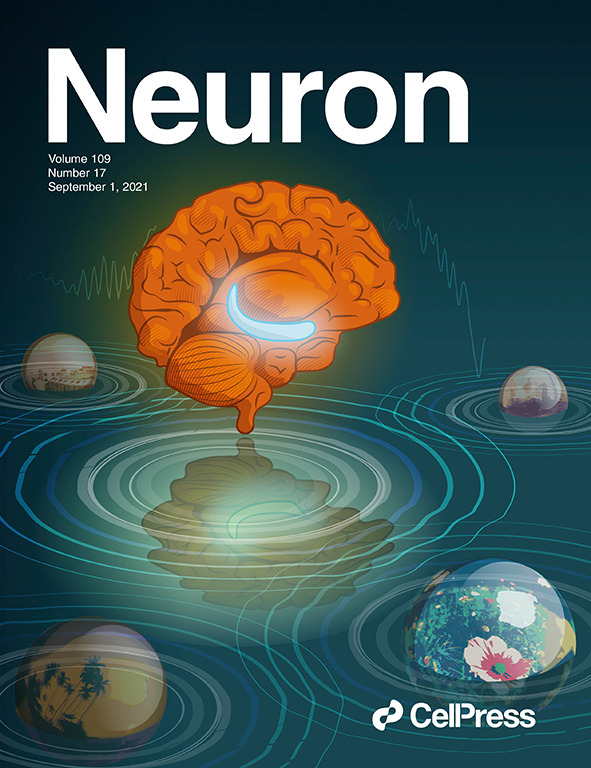一种抽象的语言空间,用于将信息从一个思维传递到另一个思维。
IF 14.7
1区 医学
Q1 NEUROSCIENCES
引用次数: 0
摘要
在本期《神经元》(Neuron)杂志上,扎达(Zada)等人1 研究了在面对面的自发交谈中,语言信息如何从说话者的大脑流向听话者的大脑。作者利用五对癫痫患者的颅内记录和神经网络语言模型,确定了对话过程中共享的抽象语言空间的存在。本文章由计算机程序翻译,如有差异,请以英文原文为准。
An abstract linguistic space for transmitting information from one mind to another.
In this issue of Neuron, Zada et al.1 examine how linguistic information flows from a speaker's brain to a listener's brain during face-to-face spontaneous conversation. The authors use intracranial recordings from five pairs of epilepsy patients and neural network language models to establish the existence of an abstract, linguistic space that is shared during conversation.
求助全文
通过发布文献求助,成功后即可免费获取论文全文。
去求助
来源期刊

Neuron
医学-神经科学
CiteScore
24.50
自引率
3.10%
发文量
382
审稿时长
1 months
期刊介绍:
Established as a highly influential journal in neuroscience, Neuron is widely relied upon in the field. The editors adopt interdisciplinary strategies, integrating biophysical, cellular, developmental, and molecular approaches alongside a systems approach to sensory, motor, and higher-order cognitive functions. Serving as a premier intellectual forum, Neuron holds a prominent position in the entire neuroscience community.
 求助内容:
求助内容: 应助结果提醒方式:
应助结果提醒方式:


